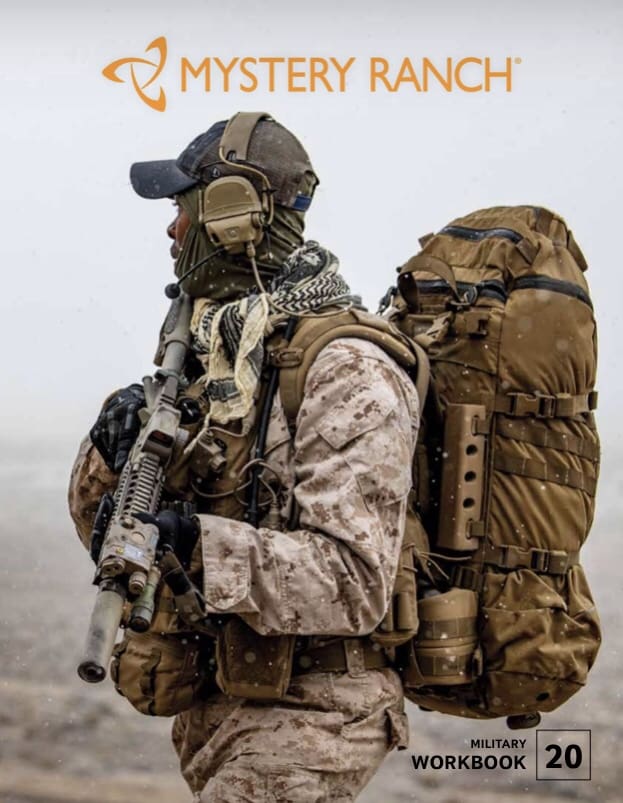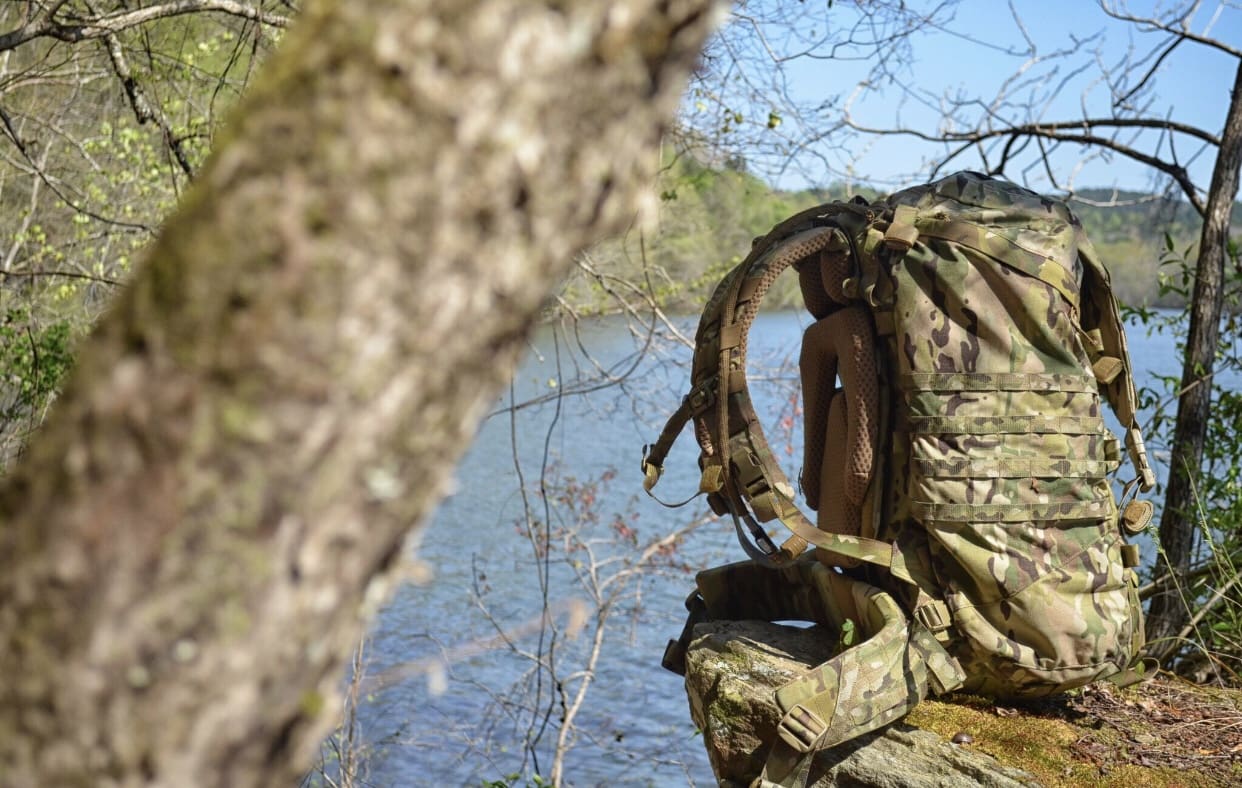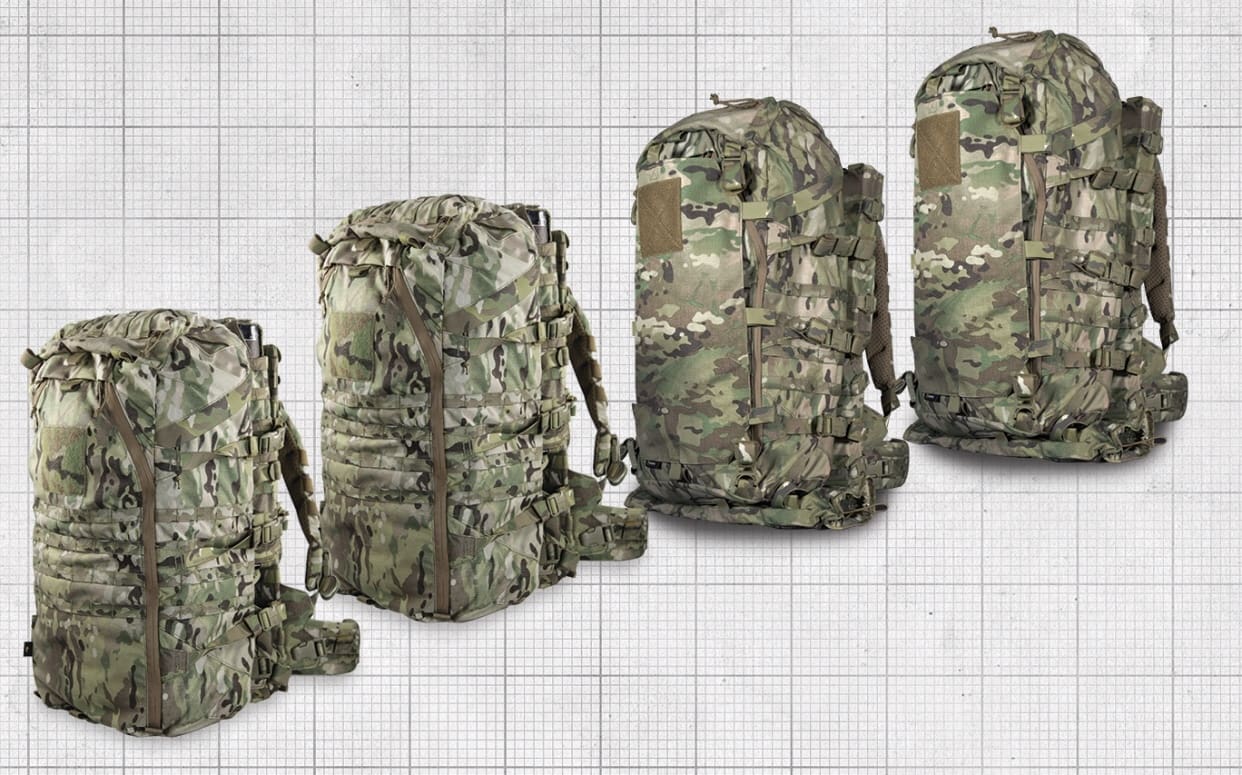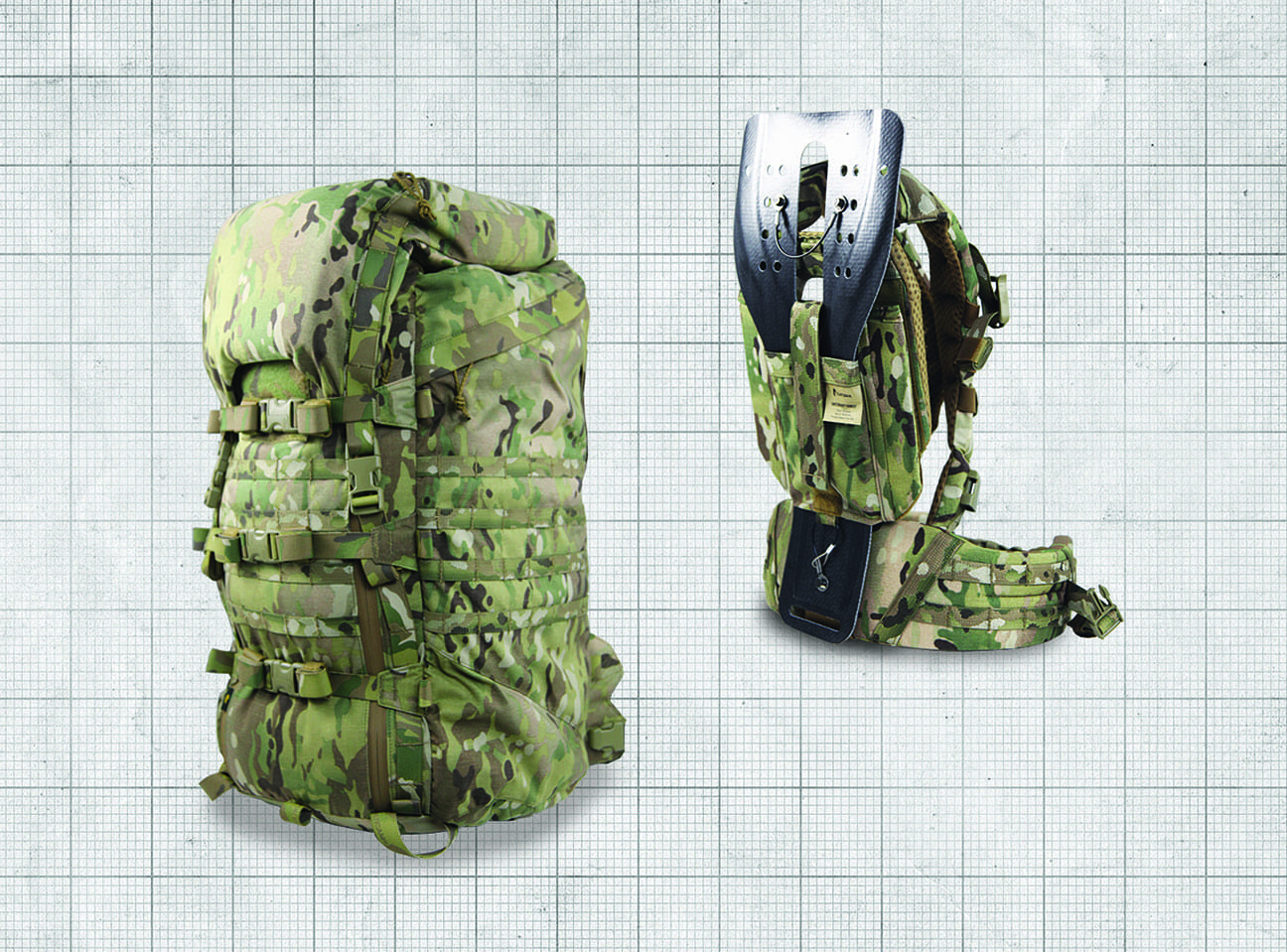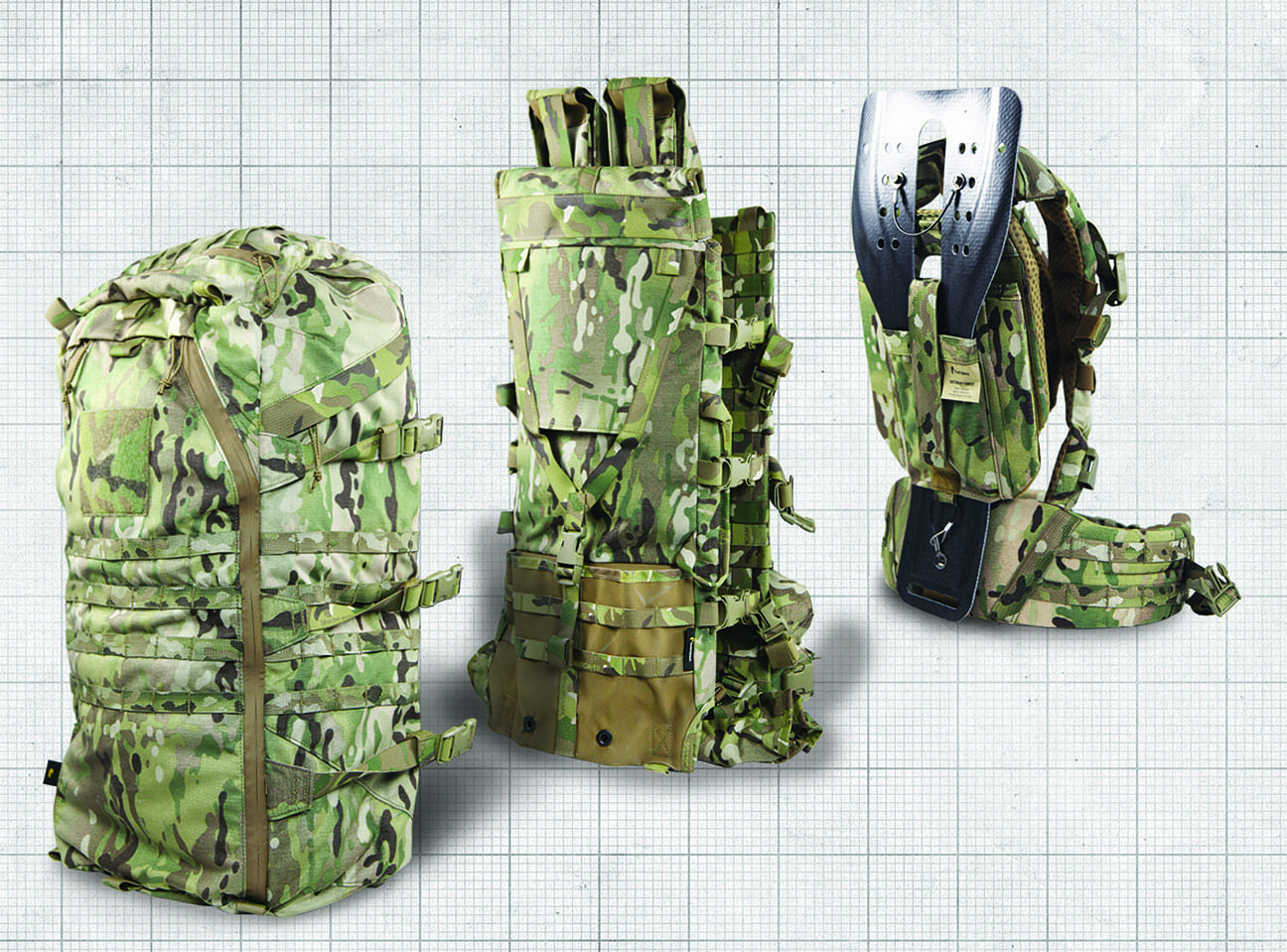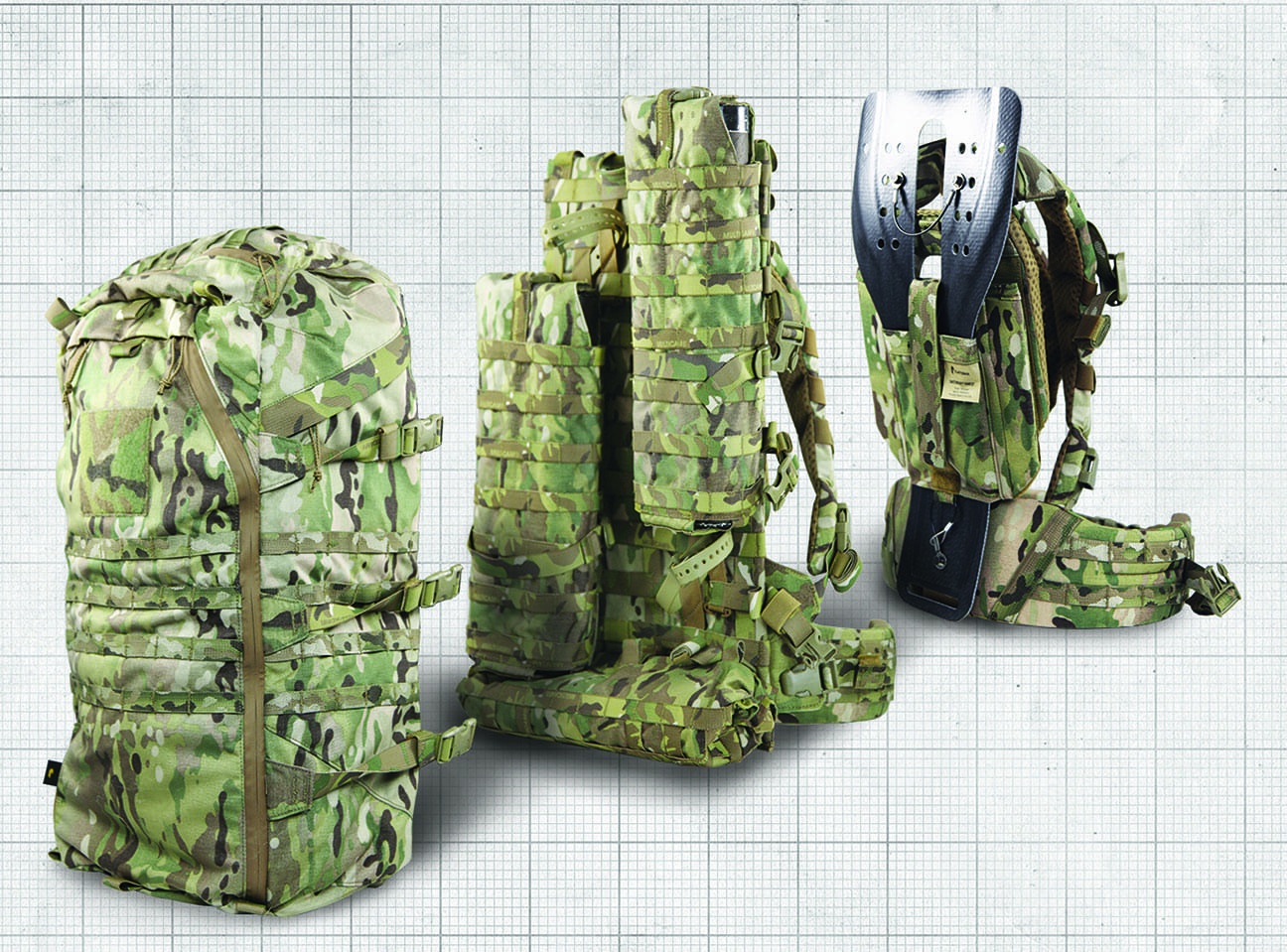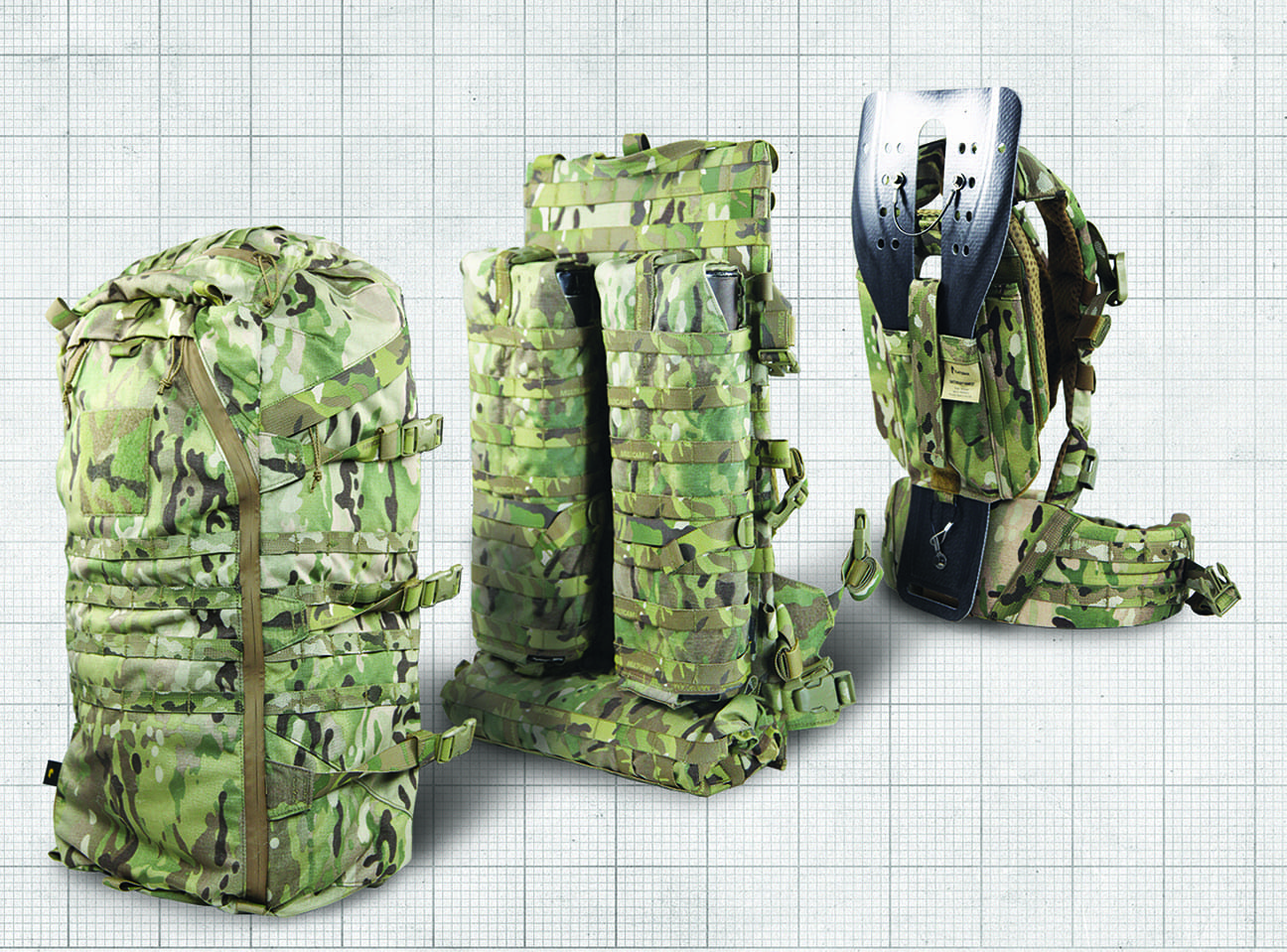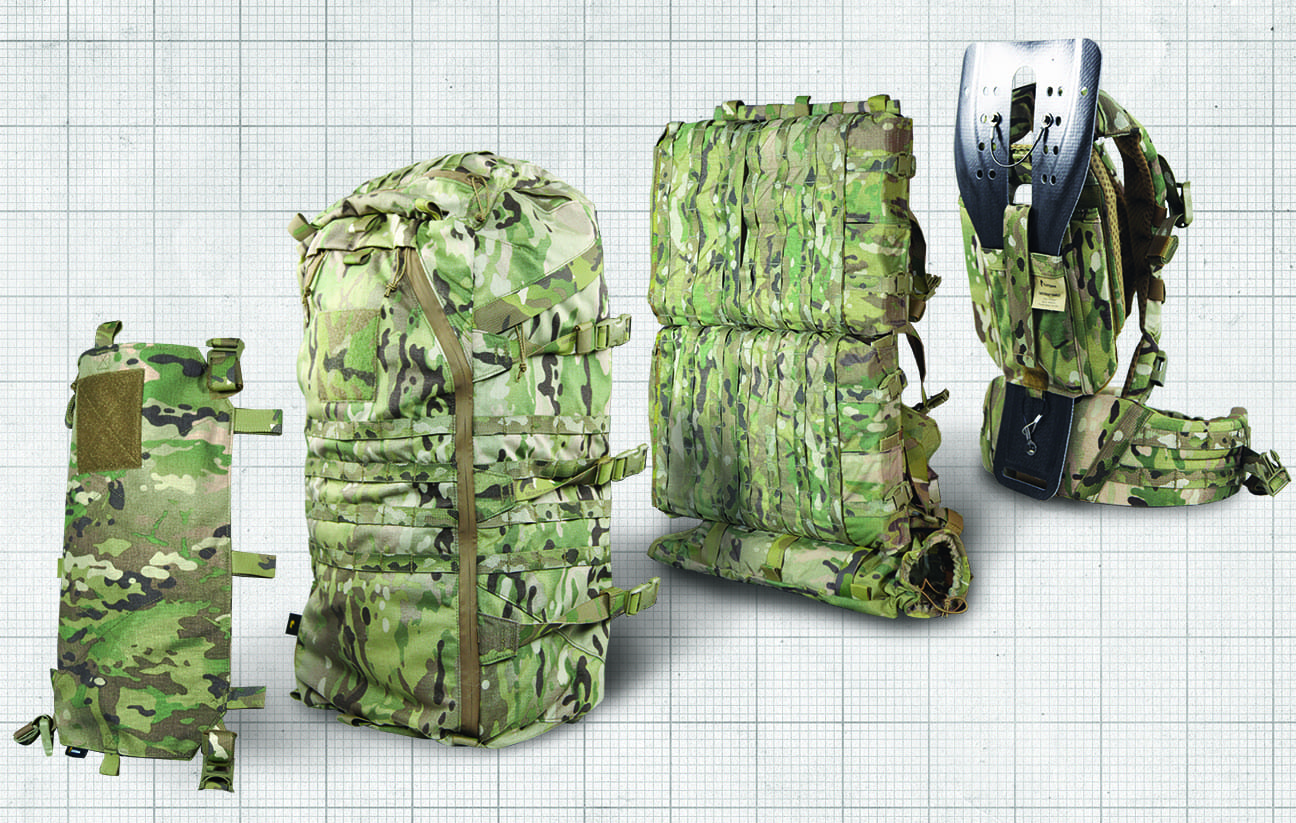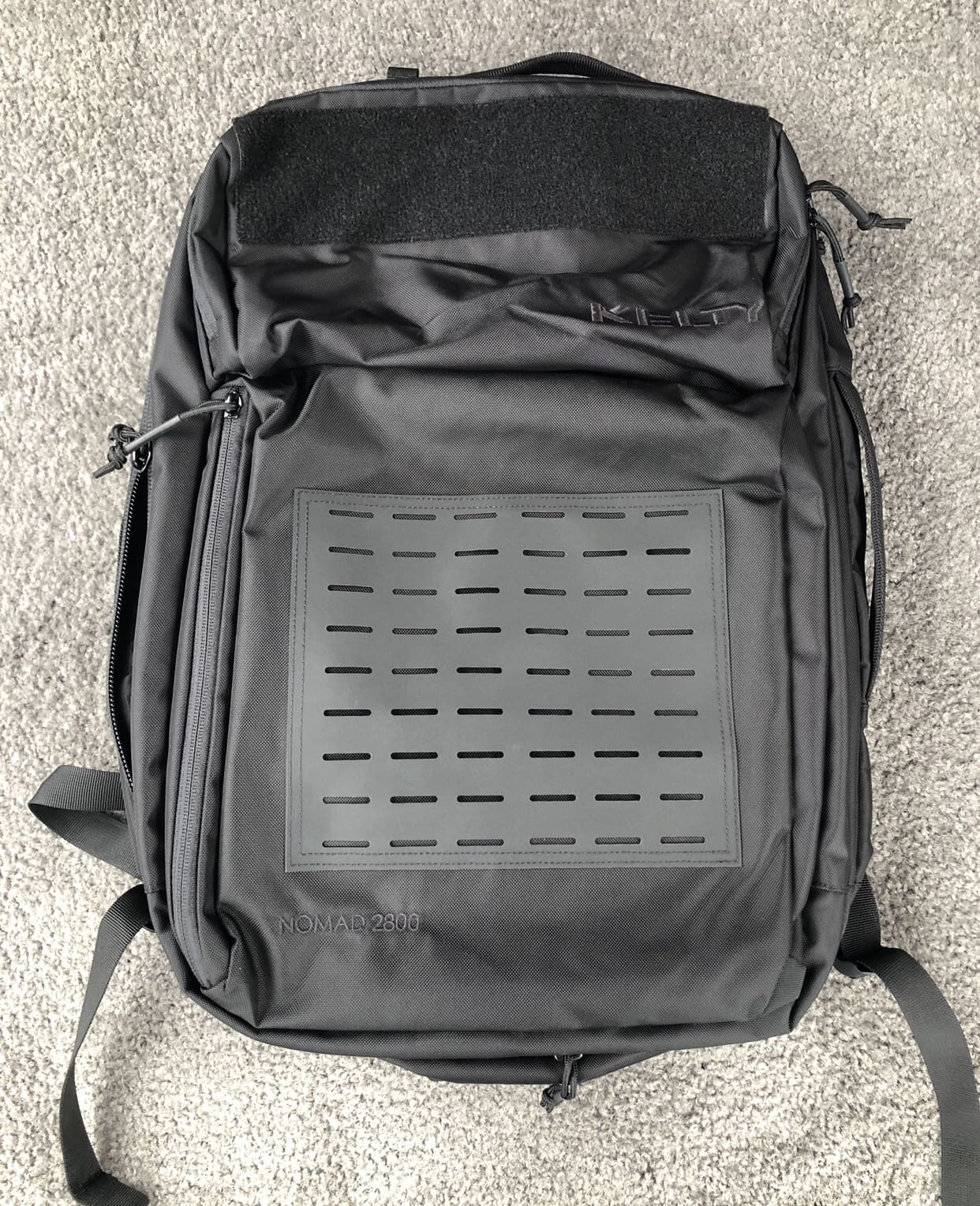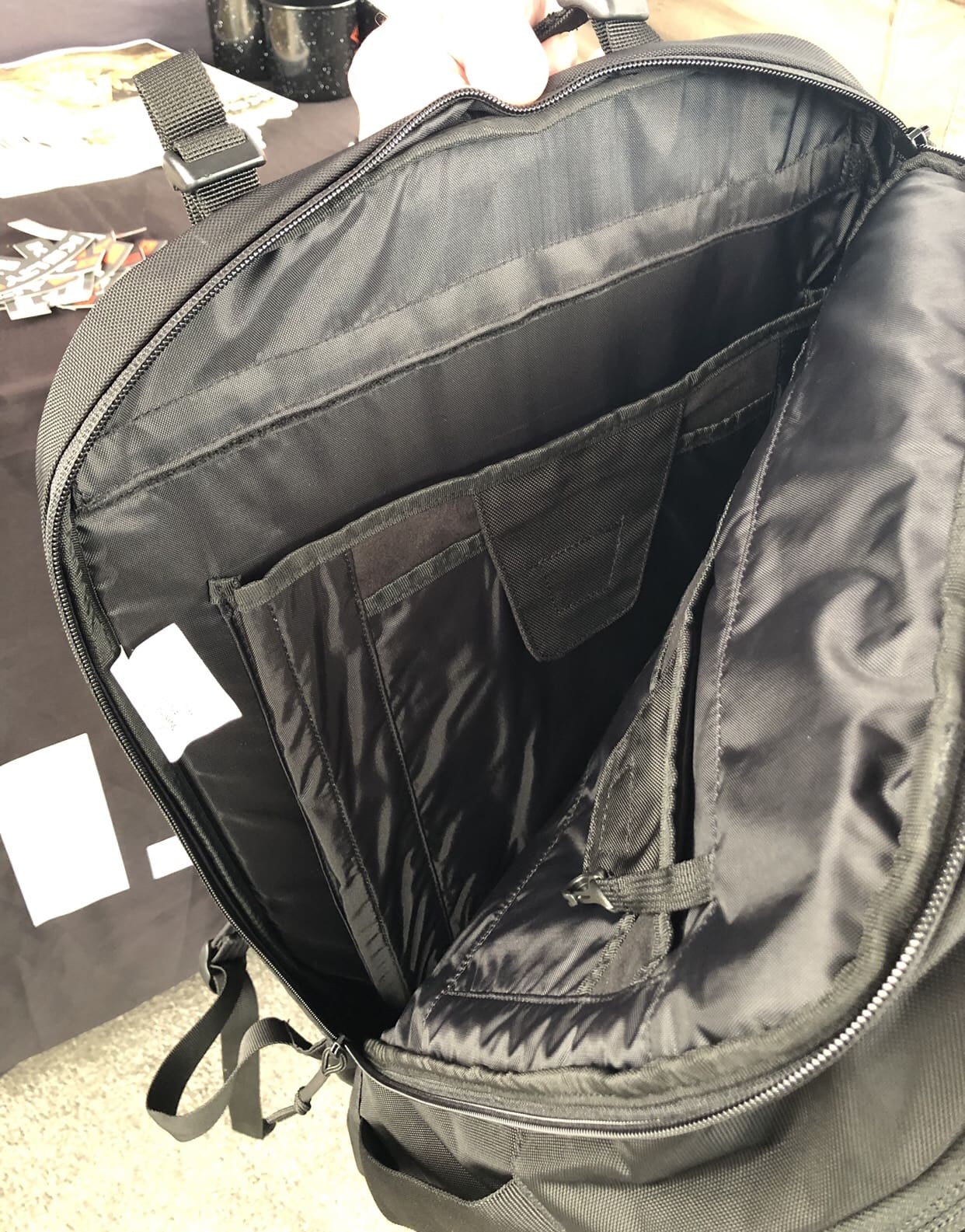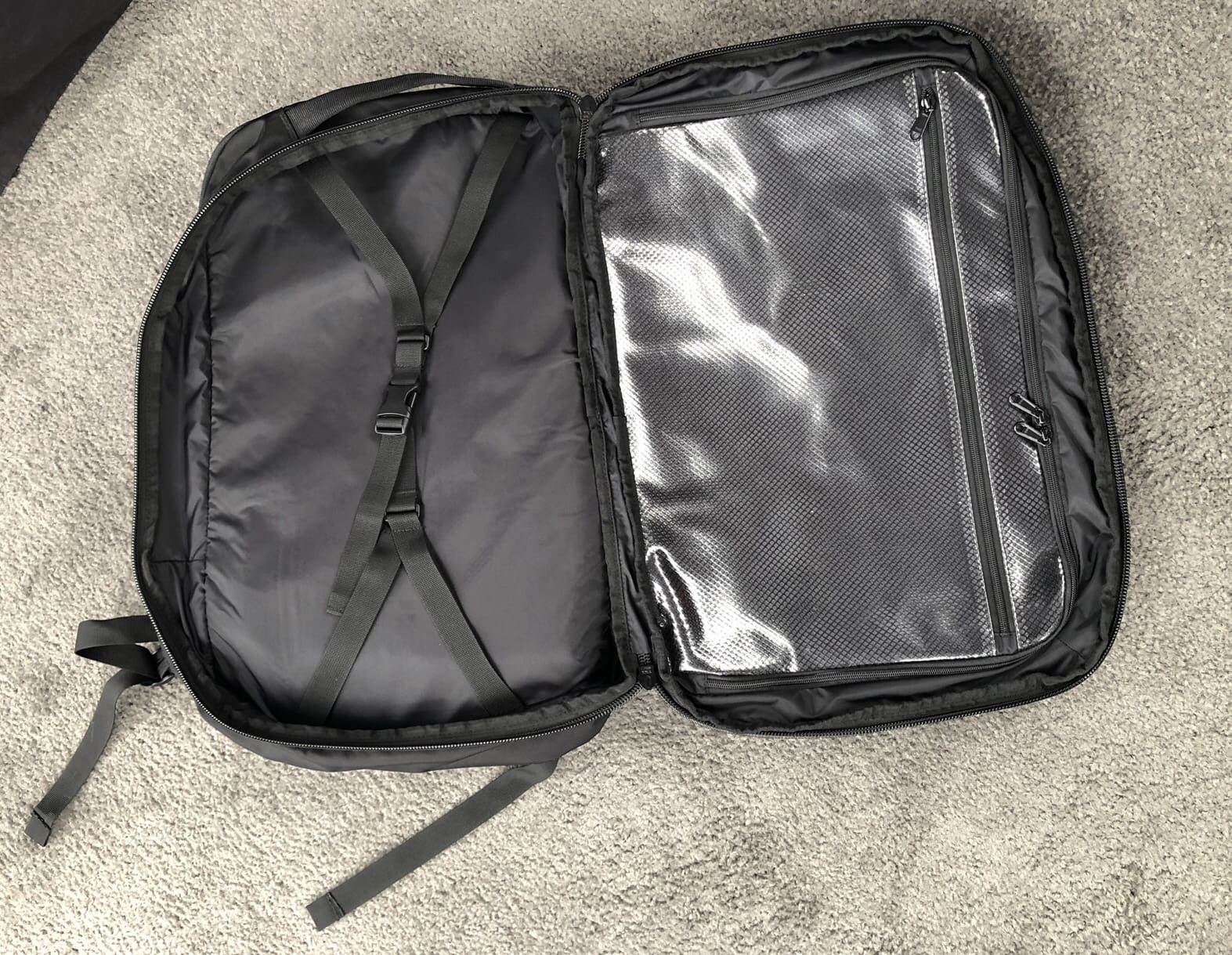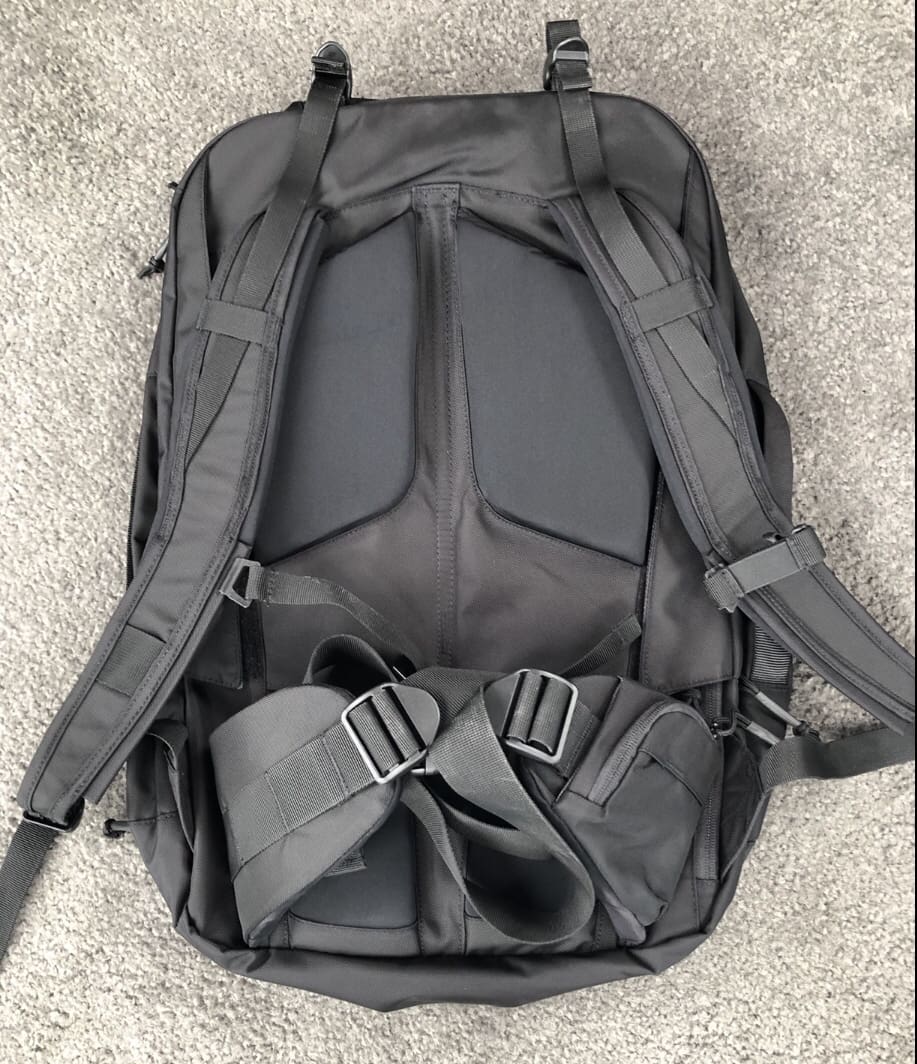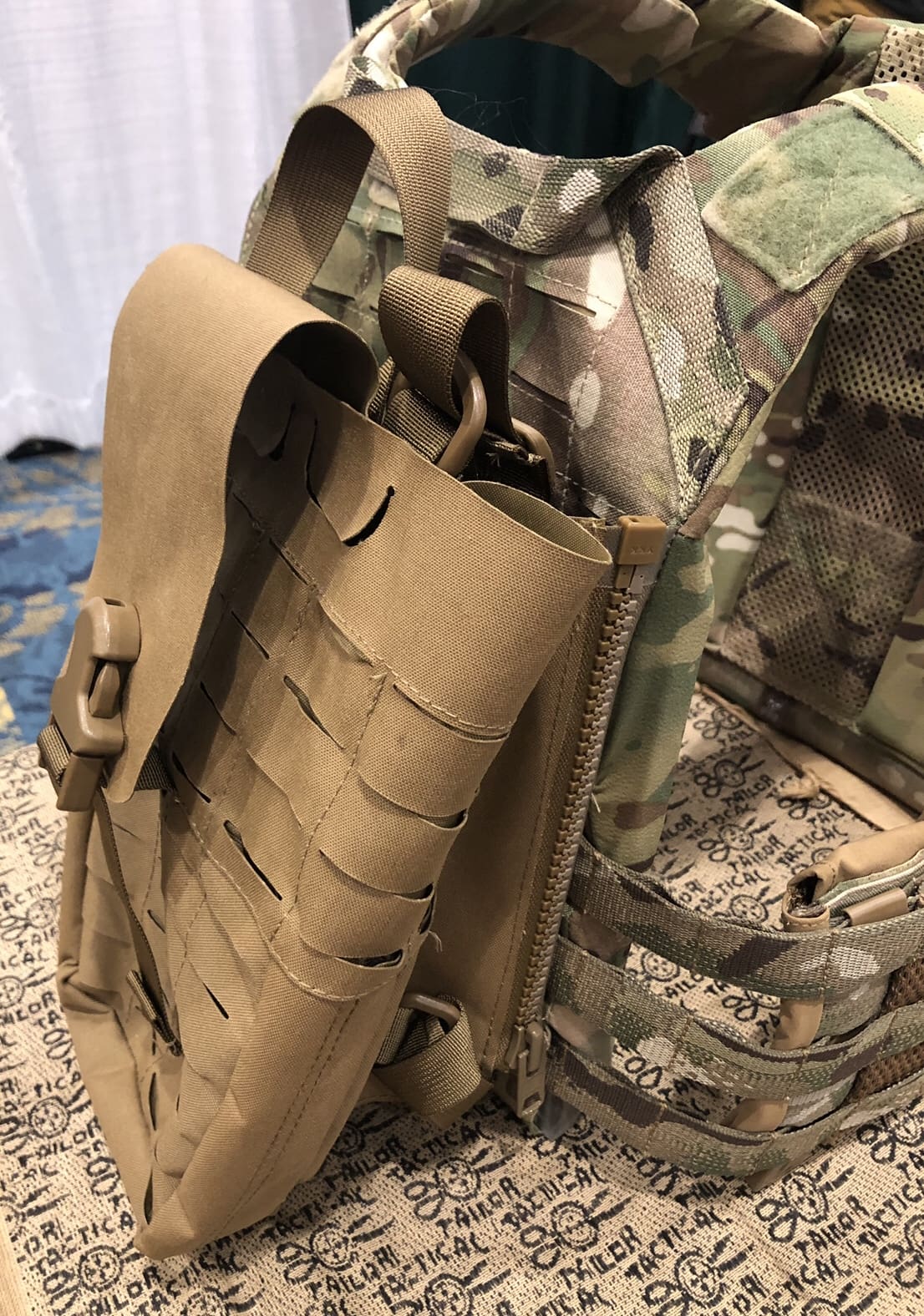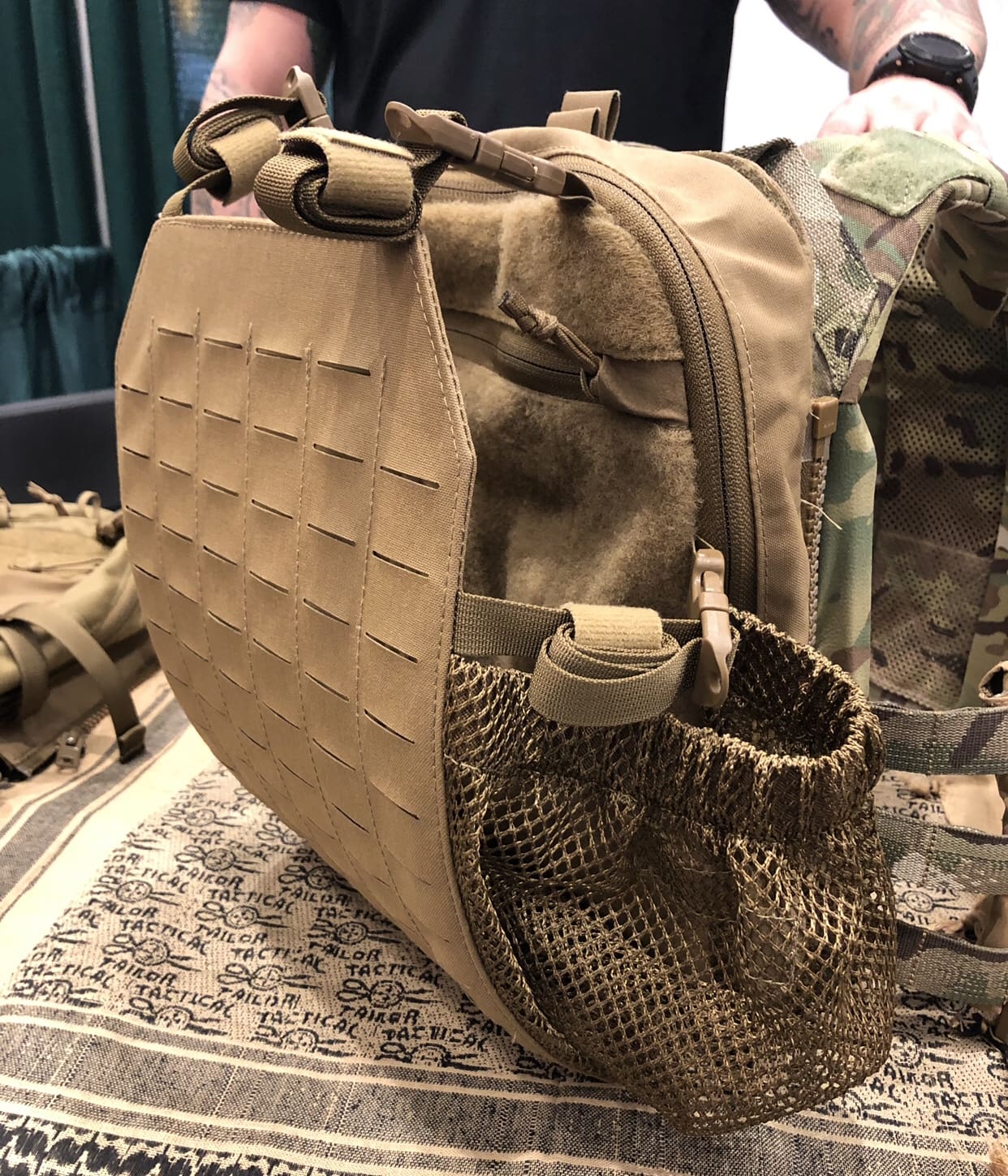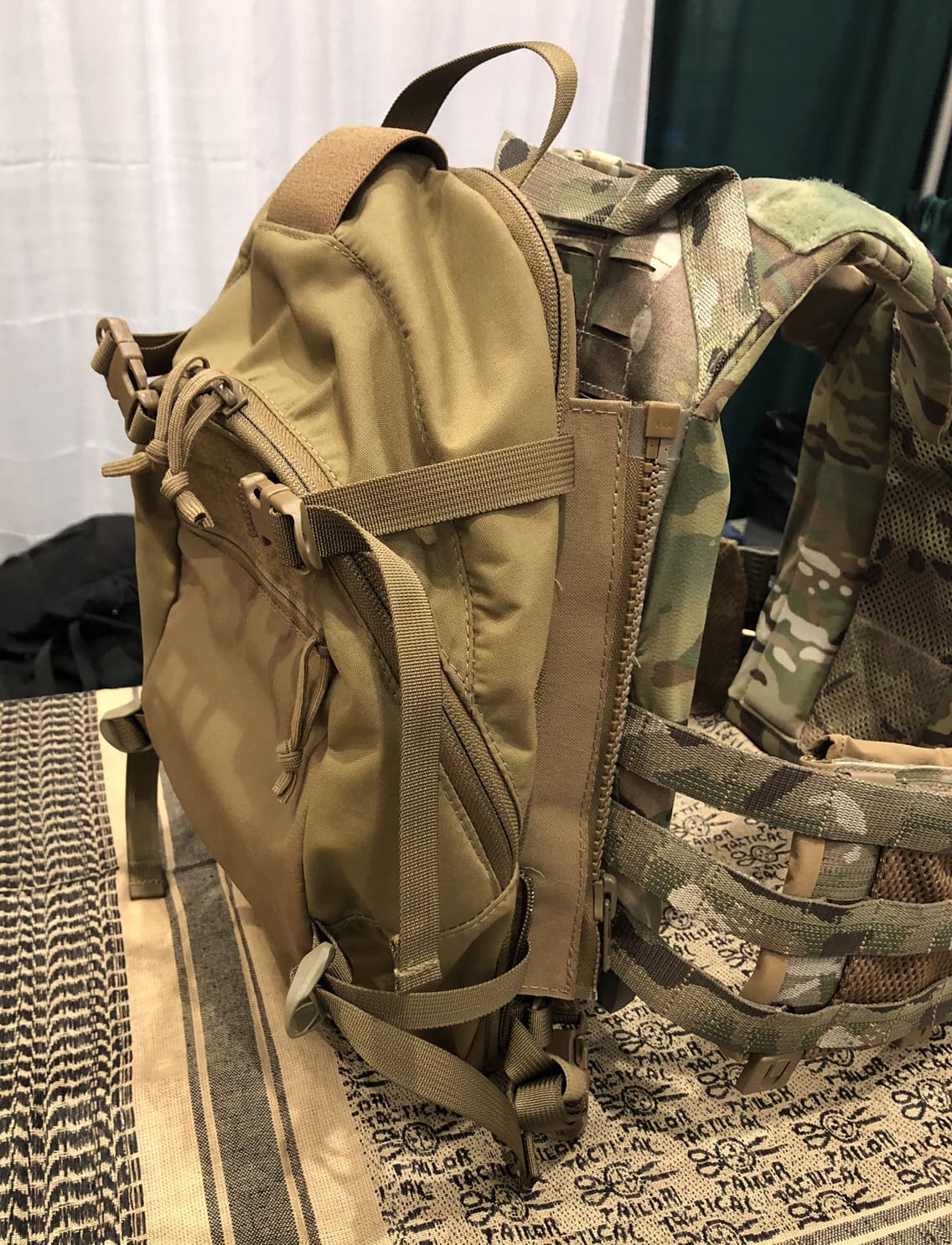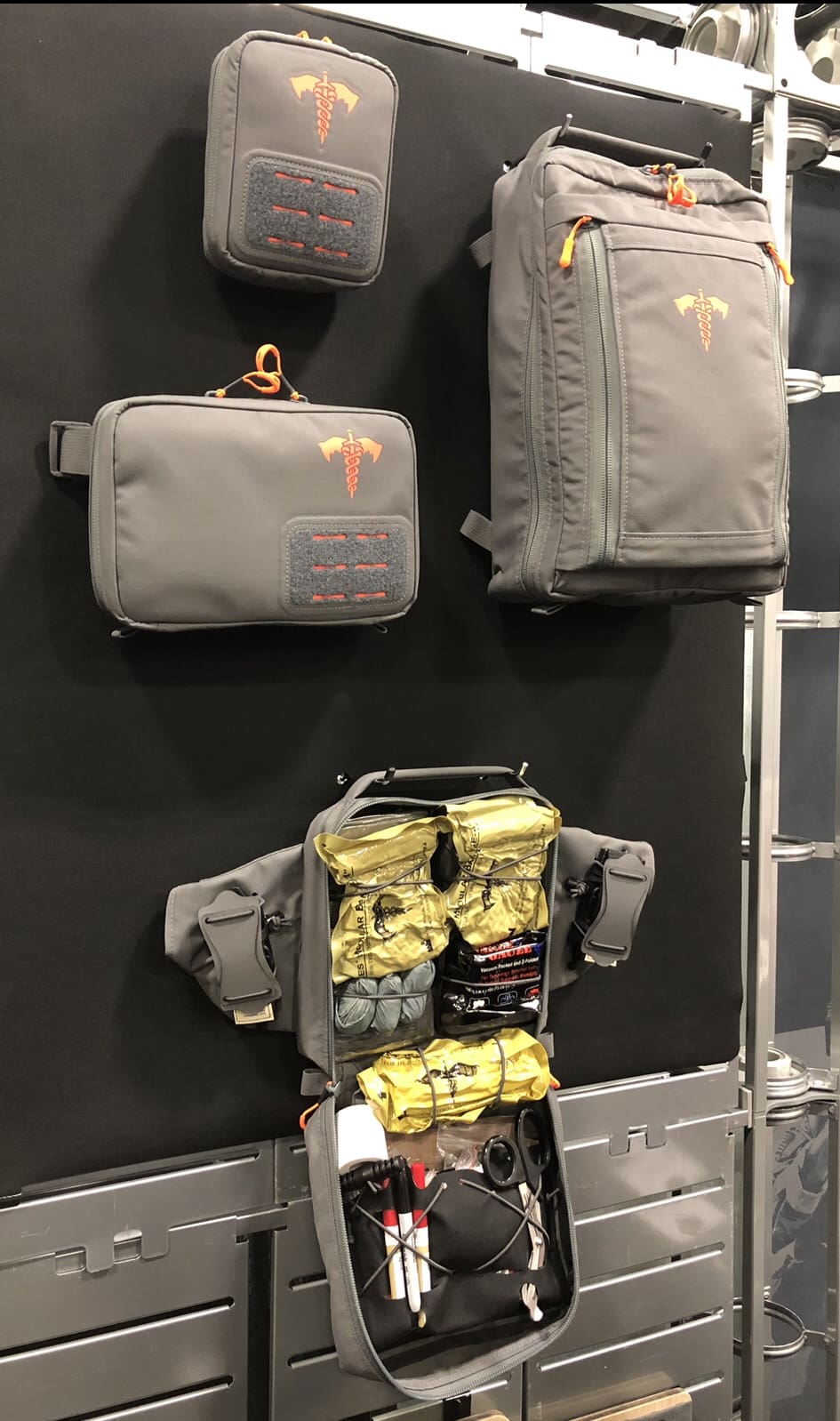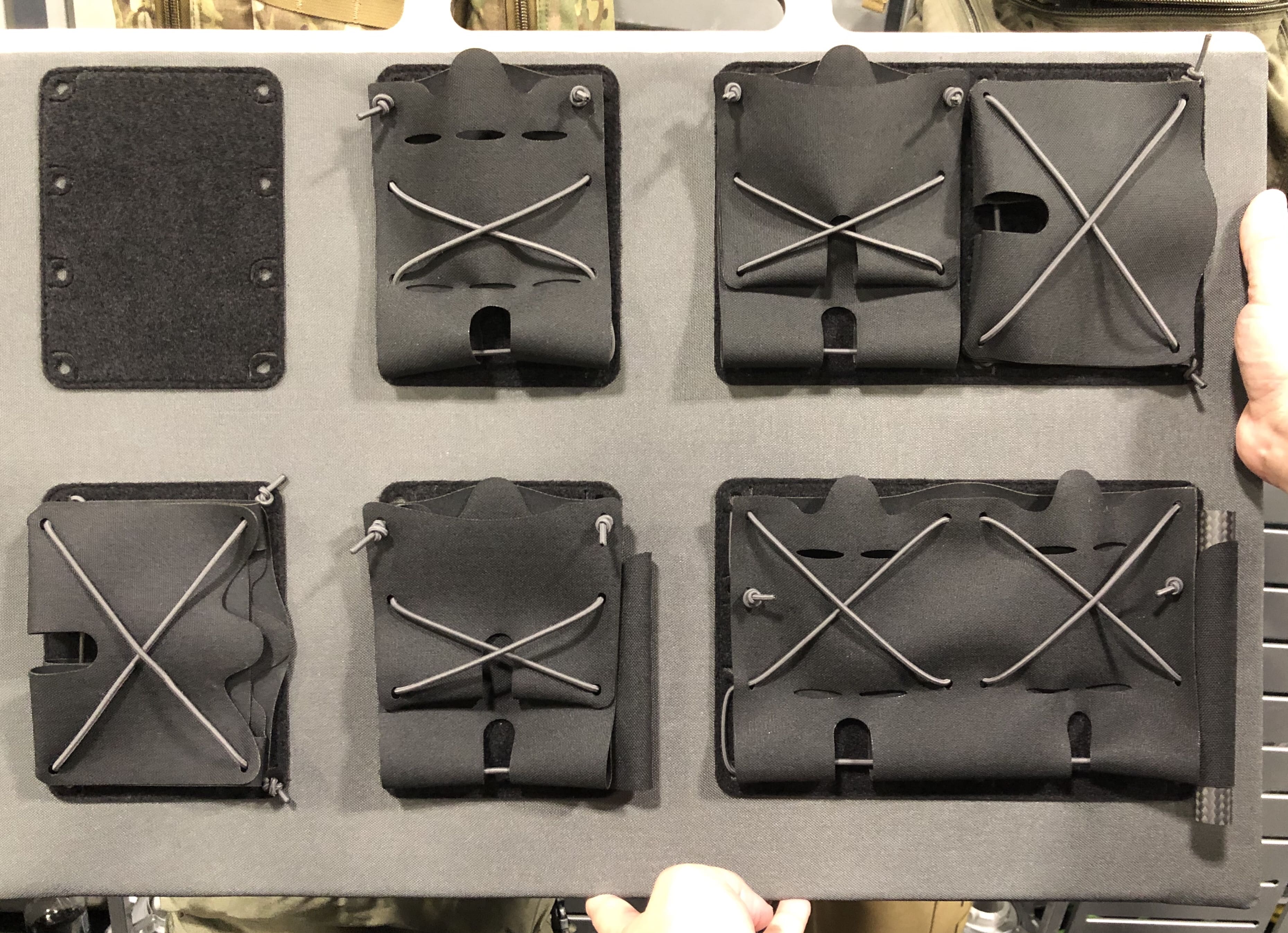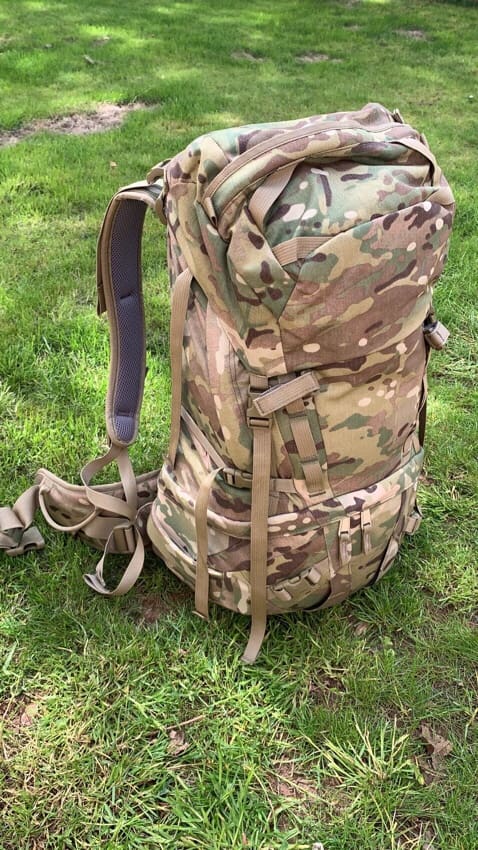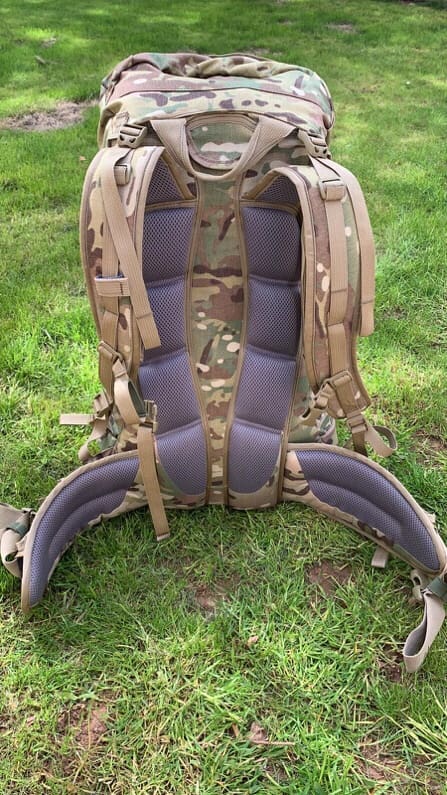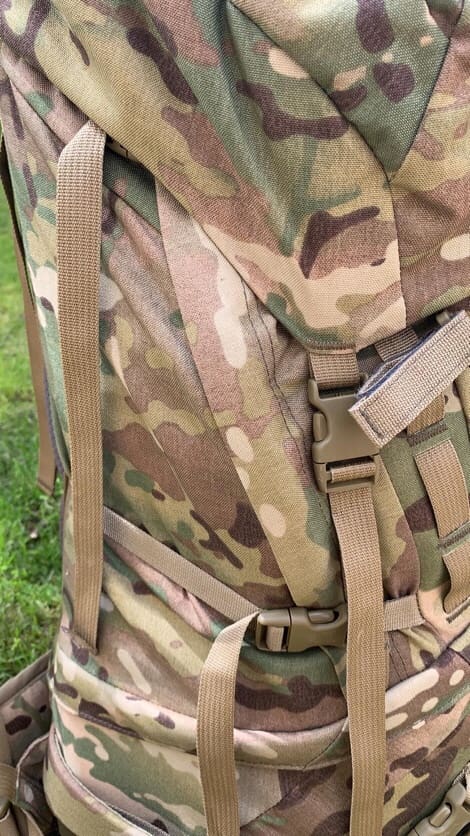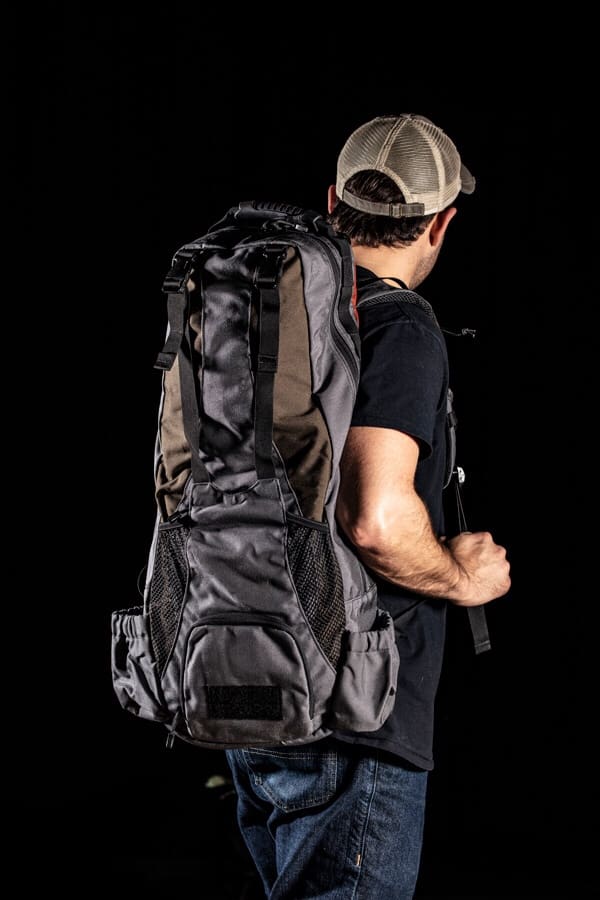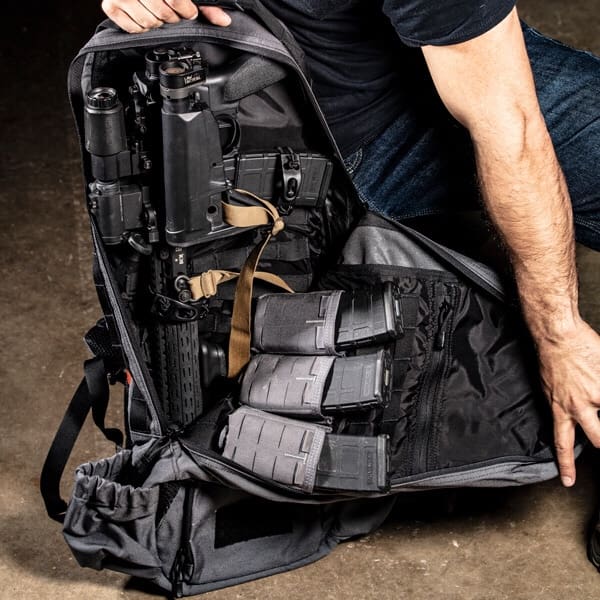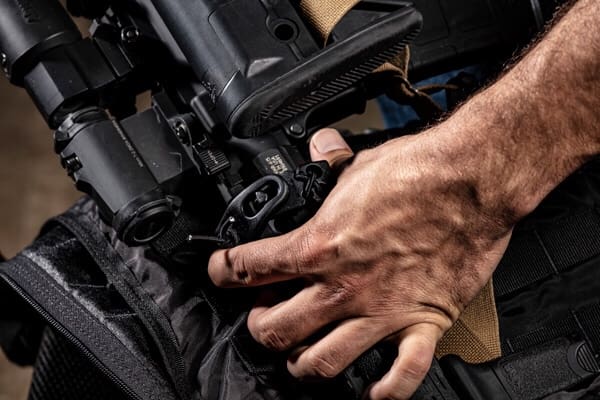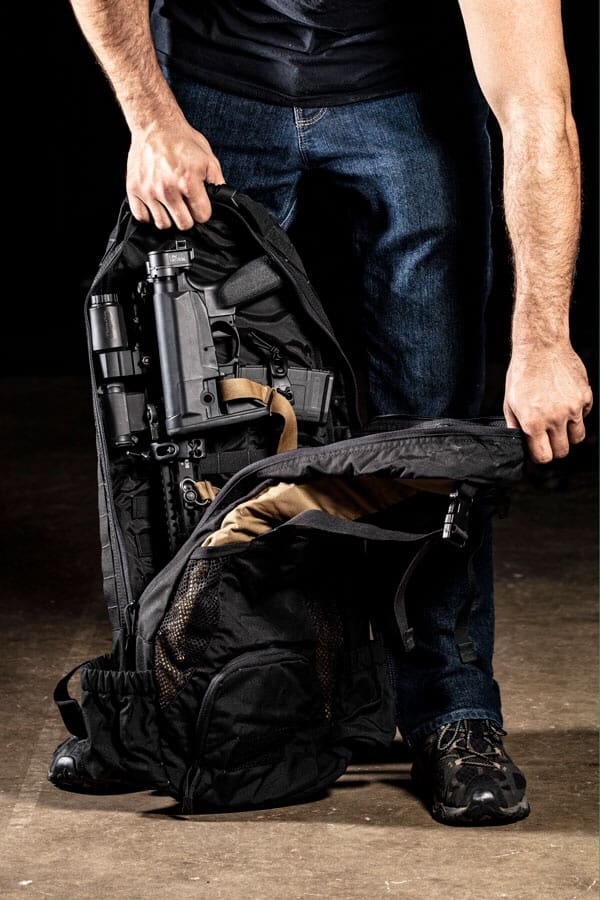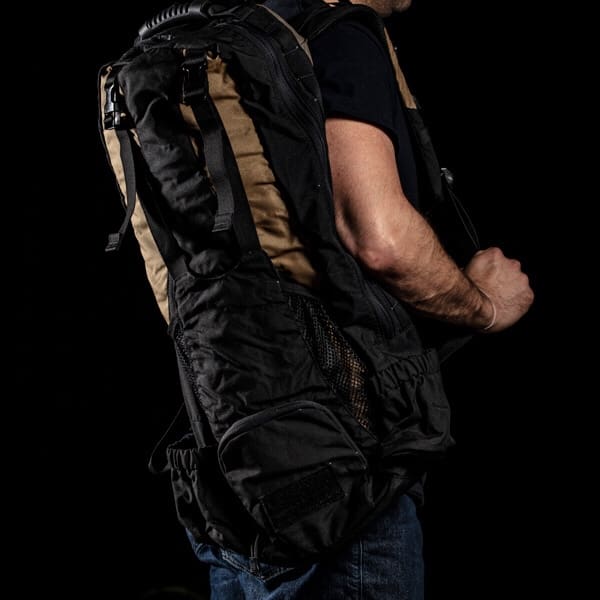AttackPAK is an emerging leader in load-bearing systems. Their patented Integrated Load Carriage System (ILCS) is poised to be the new state of the art for the military.
Designed with maneuverability in mind, the AttackPAK system improves ergonomics through weight distribution, which relieves stress. The design eliminates pounds of parasitic weight that is found in other leading packs. They are also using lightweight modern fabrics and patented ExoSpine™ to reduce the war-fighter’s burden. AttackPAK has created custom products to give our war-fighters the edge.
The Team will be attending SOFIC to meet partners and develop custom designs. Below are a few designs that showcase their capability, as well as how they incorporate the latest technology.
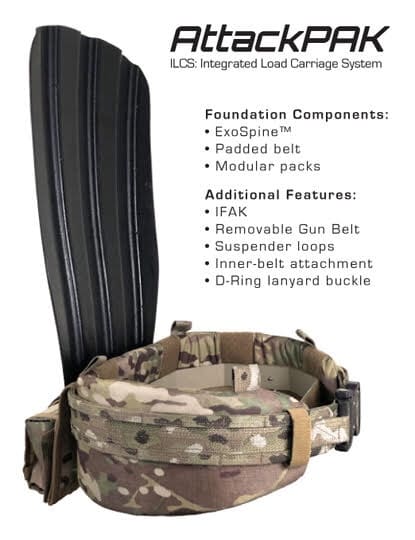
Integrated Load Carriage System
The ICLS is the foundation of the AttackPAK system. 1 belt and 1 frame, fitted to your size, can be used with all of our packs. The core components are our patented ExoSpine™? and our proprietary belt. The belt gives ergonomic fit to the ExoSpine™ and load allowing for load transfer. We developed the only backpack with independent suspension. The ExoSpine™ and belt allows unrestricted mobility. They are not connected. The main advantage of the ICLS is that it redistributes the weight of a combat load off your shoulders and spine so that it can be properly carried by the strongest part of the human body, your legs. A key feature is the Quick Ditch. If you need to Ditch your Pack you still get to keep your 1st Line gear. AttackPAK’s Load Carriage System allows you to arrive at the ‘X’ less fatigued and less stressed.
Ounces equals pounds, pounds equal pain. Parasitic weight is like bringing a bag of rocks to a gunfight. AttackPAKs are designed to eliminate the unnecessary parasitic weight. Here is AttackPAK’s newest custom designed kit that weighs less than just about anything out there, even when you include the belt, ExoSpine™? and bag.
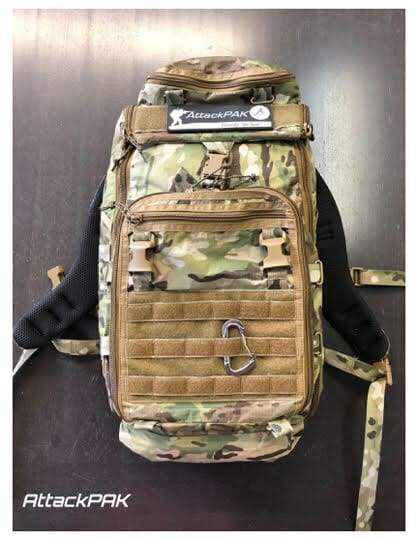
Pulse Med Bag
The newest addition to our line of products this light weight Med Bag is made from Cubic Tech fabric for durability and weight savings. It cuts a 1 1/2 lbs of parasitic weight off of the leading med pack weighing in at 4.5 lbs. Built with customization in mind.
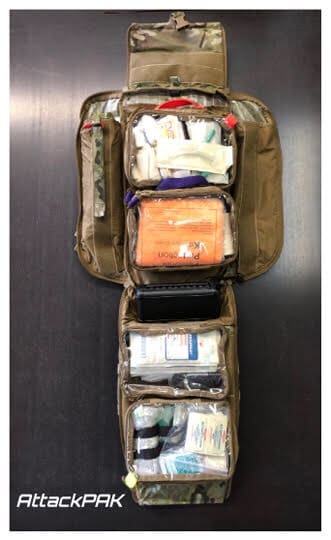
Designed for the Team Medic, Pulse Med Bag interior can be organized and customized to your preference. Equipped with a placard interface, splint shelf organization, and instant, full splay access to all of the contents. Organize your med supplies for quick and easy access when you’re in the field.
Ditch the enemy on your back.
If you want to see the gear, understand our system then link up with us at SOFIC. Drop us a line at hq@attackpak.com.


